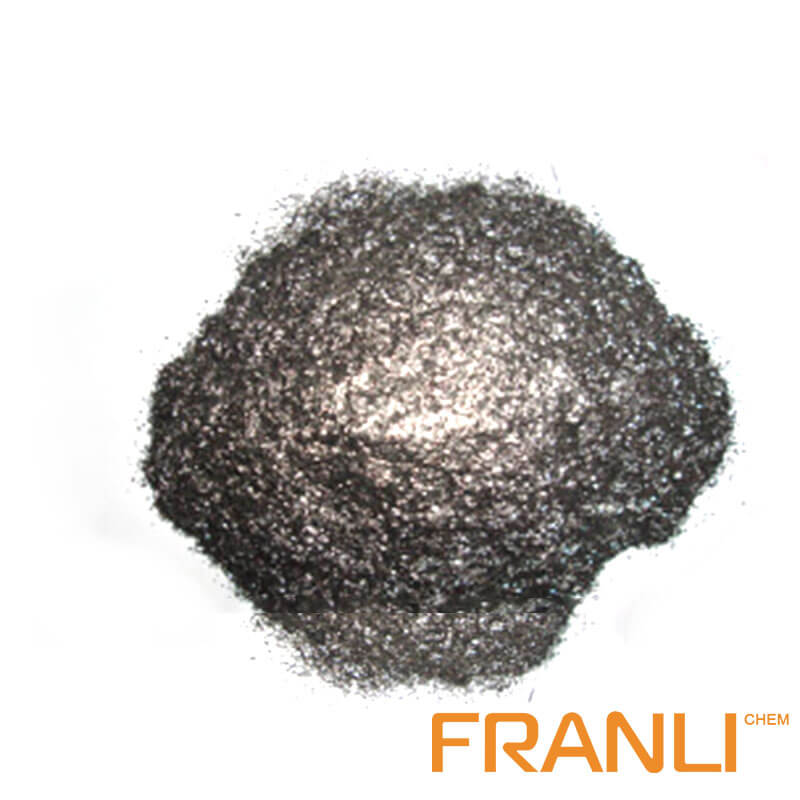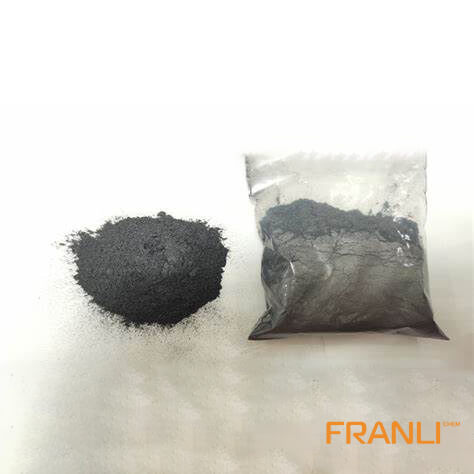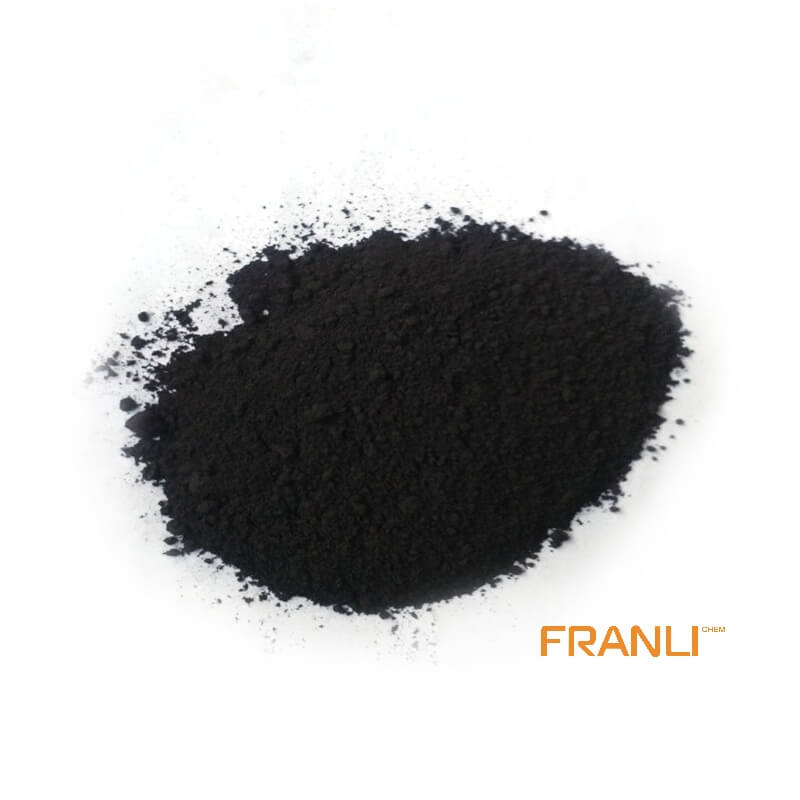


Flake Graphite
Size
0.01mm
Carbon Content
99%min
Package
25kg small bags into ton bags
Origin
China
Features
thermal shock resistance, lubricity, conductivity and plasticity…
Application
Lead battery plates positive and negative conductive agent, lithium batteries nickel hydrogen etc
Natural flake graphite has superior physical and chemical properties and is widely used in metallurgy, coatings and refractory industries. It is an important non-metallic raw material that is indispensable for today’s high-tech. Flake graphite is divided into large flake graphite and fine flake graphite according to the size of its scales. Usually, large flakes refer to +32 mesh, +50 mesh, +80 mesh, and +100 mesh flake graphite.
Request a quoteFlake graphite is used as a raw material for carbon-containing refractories such as steel-making converters, electric furnaces, ladles, mixing cars, nozzles and skateboard bricks. Thermal capacity also varies. This time, Franli factory conducted a comparative study on the particle size, impurities, crystallinity, oxidation characteristics and filling properties of flake graphite.
In the production of anti-corrosion coatings, flake graphite is one of the main components. The anti-corrosion coatings made with epoxy resin, pigments, curing agents, additives and solvents have excellent adhesion and durability, corrosion resistance and Impact resistance, water resistance, salt water resistance, oil resistance and acid and alkali corrosion resistance, high content of solid flake graphite powder in anti-corrosion coatings, can be used as thick film coatings, good solvent resistance.
Advantages of flake graphite in coating applications
A large amount of flake graphite in anti-corrosion coatings can effectively prevent the penetration of corrosive media, to achieve the purpose of isolation and rust prevention.
(1) High temperature resistance: In a vacuum environment, the melting point of flake graphite is 3850°C and the boiling point is 4250°C. Even after high-temperature electric arc burning, the weight loss of flake graphite is very small, and the coefficient of thermal expansion is very small. The strength of flake graphite increases with the increase of temperature. When the temperature rises to 2000°C, the strength of flake graphite doubles. Therefore, the coating containing flake graphite can withstand high temperature, and after high temperature, the strength of the coating will be stronger.
(2) Conductivity: The conductivity of flake graphite is more than 100 times that of other common non-metallic materials. Graphite can conduct electricity because each carbon atom in graphite forms only 3 covalent bonds with the other three carbon atoms, and each carbon The atom still retains 1 free electron which is free to move. Because of the conductivity of graphite flakes, the disadvantage of increased electrochemical corrosion caused by the accumulation of positive and negative charges when liquid or gas flows is reduced.
(3) Thermal conductivity: The thermal conductivity of graphite is 151 W/(m K), far exceeding the thermal conductivity of some metals such as steel, iron, and lead. The thermal conductivity of graphite flakes is mainly due to the violent movement of free atoms, energy transfer. Due to its thermal conductivity, the coating will not cause delamination and cracking of the coating due to temperature changes, which reflects the good thermal shock resistance of the coating.

(4) Lubricity: Graphite flakes are soft and greasy. The lubricity of graphite flakes depends on the size of graphite flakes. The larger the flakes, the smaller the coefficient of friction and the better the lubricating performance. Applied in some coatings, it has a very good anti-friction effect.
(5) Chemical stability: Graphite scales are fish scale-like, layered structure, belong to the hexagonal crystal system, complete crystallization, thin and flexible, regular structure, easier to form a tight arrangement. The outermost layer of carbon atoms has 4 electrons, which is neither easy to get electrons nor easy to lose electrons, so graphite can resist acid, alkali and organic solvents at room temperature. The coating only needs to be applied thinly by 0.3 mm, and there will be 2,000 layers of graphite scales stacked in the shape of fish scales, forming a “maze effect”, which greatly lengthens the anti-corrosion path.
Flake graphite is one of the most high-temperature-resistant materials known so far. Generally, the strength of the material decreases gradually at high temperature, but when the graphite flake is heated to 2000 degrees, its strength is doubled compared to normal temperature. Graphite flakes have excellent thermal shock resistance. When the temperature changes suddenly, the thermal expansion coefficient is small, so it has good thermal stability. Cracks will not occur when the temperature is rapidly cooled and rapidly heated. Flake graphite is a material with very good thermal shock resistance. Flake graphite powder is used as an anti-corrosion material. Welcome to Franli factory for consultation.



